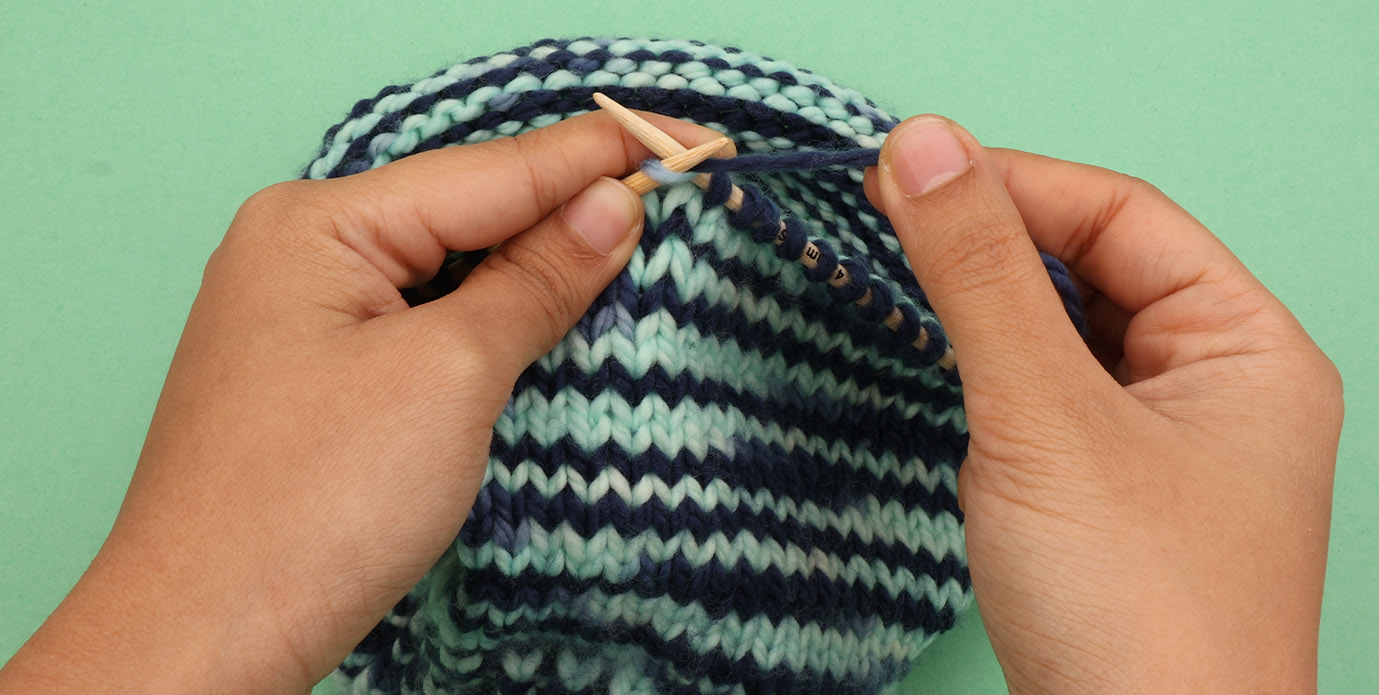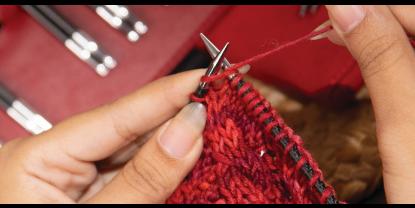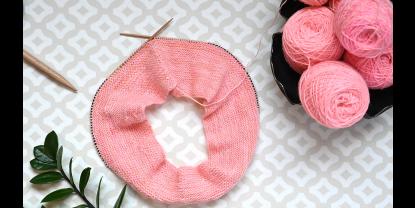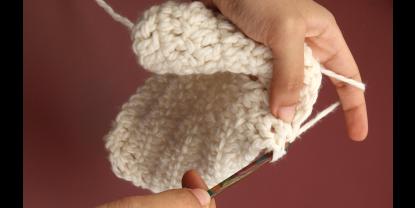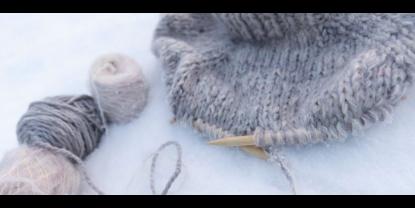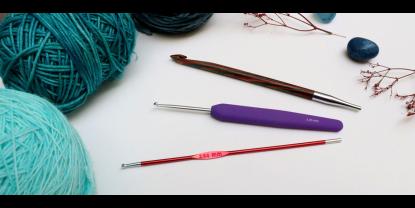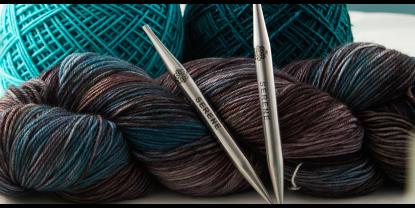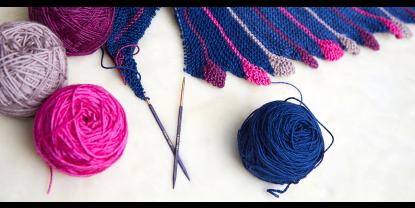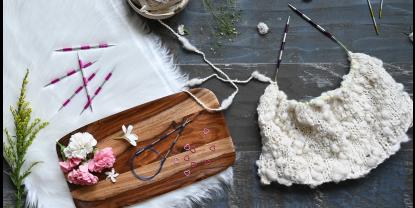Knitting a sweater, scarf, or pair of socks and thinking of the best stitch pattern for the edge? You want it to be neat, functional and also easy to make. Before you cast off the stitches from the knitting needles you need to make sure you get the edge right. Whether you knit back and forth or in the round, whether the edge is visible or not, choosing the right stitch pattern is essential. The most popular stitch patterns used are ribbing (1x1, 2x2) and garter, they are beginner-friendly, neat and also quite easy to make. While ribbing works on a combination of knit and purl stitches, garter is all knit stitches. However, both are stretchy, neat and non-curling. In this blog, let’s explore more about the stitch techniques, differences, best uses, and how it affects your choice of knitting projects.
Ribbing vs Garter Edges
In knitting, the end of the projects, especially visible edges, needs a little bit of planning. It’s not only for aesthetics but also functionality. Think of socks that work with stretchy edges while there will be patterns that do not need an extra stretchiness such as a lace shawl. You can choose an edge similar to the cast on to ensure a similar effect on either ends. Whether you knit rib stitches or garter you can work with the same knitting needles which you have used for the entire project.
Ribbing (1x1, 2x2) alternates knit and purl stitches in columns, creating a stretchy, textured fabric. Here’s a guide to knit neater rib stitches. The balance of knit and purls does not allow the edge to curl, in fact gives stretchiness. You can also 1X1, 2X2 or 3X3 knit and purl combinations.
Garter Edges are made by knitting every row (back and forth) or alternating knit and purl rounds (in the round) results in a squishy, reversible fabric with gentle structure. It is beginner friendly as the first stitch you learn is the knit stitch. Refer to our complete guide on how to knit the garter stitch.
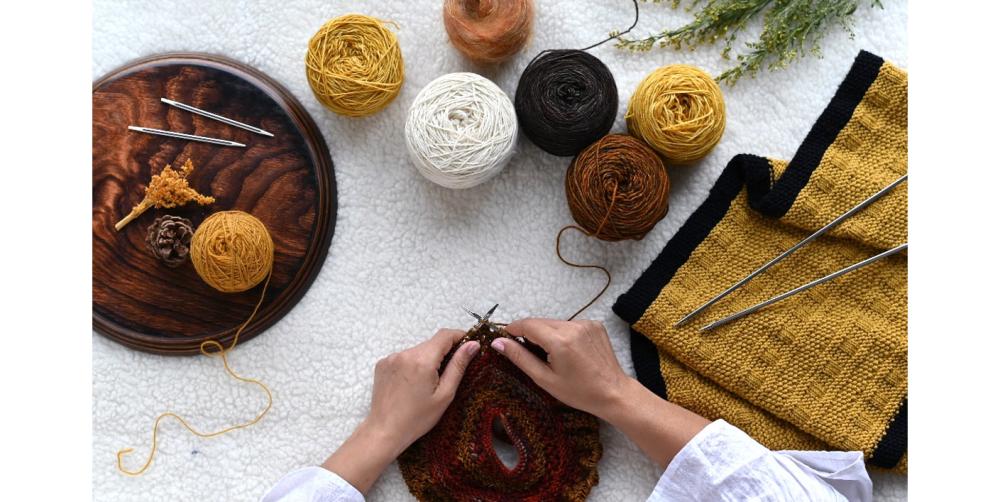
Factors to decide between Ribbing or Garter edge
While choosing any of the stitch patterns for the knitting project edge, consider the following.
1. Project
Depending on the knitting project you can choose one of the stitch patterns for the edge. Not exactly the project, the function of the edge. Think socks, the edge adds to the function, you need a pattern that holds.
For edges that need to be snug and functional like cuffs, necklines, or socks rib stitch is better suited. For shawls or scarves, blankets or dishcloths garter gives a soft, flat finish that adds as decorative trims.
2. Appearance and texture
Garter stitch has a distinct bumpy texture, while ribbing creates vertical lines. Consider which texture best suits your project.
3. Drape
If you need a fabric that hugs the body, like a fitted sweater cuff, ribbing is the better choice. If you need a more relaxed, flat fabric, garter stitch is more appropriate.
4. Stretch and elasticity
Ribbing has stretchiness horizontally and returns to its original shape. Garter stitch is less elastic. Its more vertically stretchy
5. Curling
Ribbing can curl at the edges, especially when worked flat. Garter stitch lays flat.
Tips to Choose the Stitch Pattern
- Knitting garter back and forth is beginner-friendly; garter in the round requires alternating knit and purl rounds. So, think of your skill levels first. You can also explore more on Garter vs Stockintte for the ultimate beginner friendly stitch pattern.
- Use single-pointed knitting needles for flat ribbing and garter edges.
- Double-pointed knitting needles are best for knitting in the round, especially small circumferences, while circular knitting needles (fixed or interchangeable) work for all round projects and small circumferences using the magic loop technique.
- Knitting needle sets offer versatility for switching between flat and circular projects.
- Stitch markers help organize ribbing patterns and mark garter edges.
Quick Glance at Ribbing vs. Garter Edges for Popular Projects
|
Project Type |
Ribbing Edge (1x1, 2x2) |
Garter Edge |
|
Sweater Edge |
Snug fit, prevents curling, stretchy |
Flat, decorative, less stretch |
|
Shawl or Scarf |
Holds shape, frames lacework |
Soft, reversible, lays flat |
|
Socks (Cuffs) |
Essential for elasticity, stays up |
Rarely used, can be bulky |
|
Hats |
Keeps hat in place, classic look |
Soft, relaxed brim, less grip |
|
Blankets |
Firm border, prevents stretching |
Squishy, cozy, easy to knit |
|
Baby Garments |
Gentle grip, flexible |
Soft, gentle, non-restrictive |
Choosing between rib and garter stitch pattern for edges depends on your project’s needs. Whether you want stretch and structure or softness and drape, experiment with both using your favorite knitting needles. Put your single-pointed to interchangeable circulars to use, and don’t forget your stitch markers for a smooth knitting experience.
Whether you’re knitting a sweater edge, a scarf, or socks, the right edge will polish your handknit project! You can learn more with our guide on knitting neat edges. Explore the KnitPro collection for knitting needles. Choose from wood, bamboo, stainless steel, aluminium and acrylic in standard sizes and sets.


